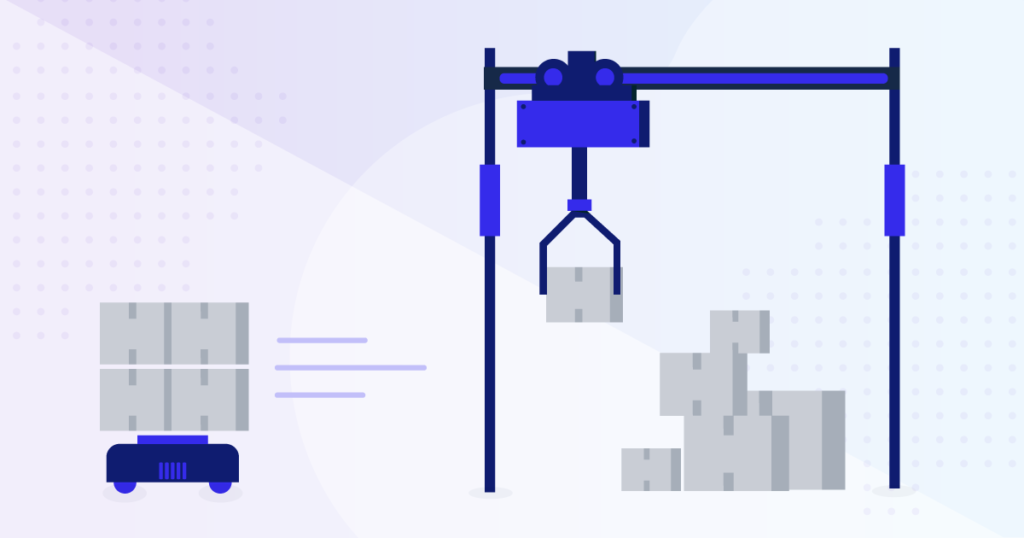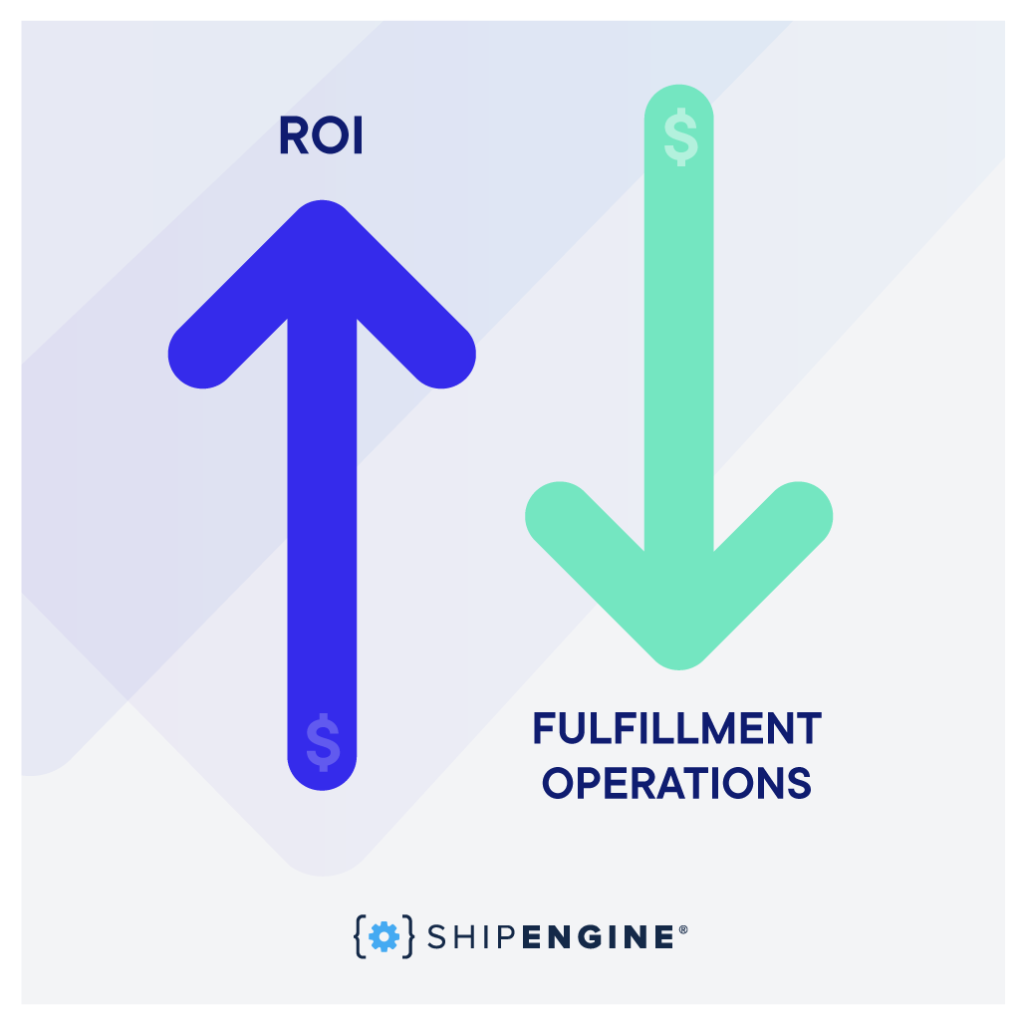How a Shipping API Helps Automate Fulfillment and Save Money

Shipping and fulfillment logistics can be complicated, but it doesn’t have to be. With each hurdle a business faces as it grows, shipping can become a much more involved and complex process. Determining shipping roles and how different platforms fit into your tech stack takes a lot of planning and, if you’re considering building an in-house solution, cost can be a huge factor.
Shipping APIs like ShipEngine are a great solution for ecommerce platforms, third-party fulfillment providers, and mid to high-volume brands looking for a customizable and cost-efficient solution.
Shipping API Initial Cost and Implementation
A deterrent against implementing a new platform or process into your business’s tech stack or workflow is a sensible one, “If it isn’t broke, don’t fix it.” Finding a solution that works — and integrates with all of your existing systems and platforms — takes a lot of research, time, and can be a strain on resources.
This reservation is reasonable considering the initial cost of incorporating a new shipping platform into your fulfillment workflow. Typically, a shipping platform has a learning curve and may require some dev work to integrate platforms particularly if you have in-house systems that are built to cater to your specific workflows.
ShipEngine gives us one API that allows us to connect to the carriers we need rather than building and maintaining our own integrations.”
Stanley Baker
Lead Developer, RentMy
Advantages of Connecting to a Shipping API Solution
If you need to add shipping functionality to an existing platform, a shipping API like ShipEngine is a great tool. Our shipping APIs allow you to bypass the tedious process of integrating directly with carrier APIs. Carrier integrations can be outdated in older, legacy languages that can be more cumbersome to integrate with.
Additionally, shipping API solutions have a team of developers that work with carrier partners to update any changes and troubleshoot errors. This not only reduces work for implementation, but it also prevents you from dedicating engineering resources to maintaining the functionality of these connections. . This can become particularly important when you expand operations to different countries and regions and therefore need to add international carriers to your fulfillment workflow.
Without a shipping API solution, once you integrate directly with a carrier you have to worry about updating integrations for each carrier yourself. A shipping API allows your IT team or contracted developers to focus less time on upkeep and more time on building the best brand experience for your customers..

How to Automate Rate Shopping With a Shipping API
Shipping platforms help with fulfillment, but ultimately they simplify multicarrier shipping. This makes the task of choosing the right carrier and shipping service simpler. For instance, comparing rates lets you find and apply the cheapest shipping option from multiple carriers. Rate shopping with a shipping API not only allows you to find the lowest shipping option, but it also allows for greater control over automatically applying that service based on a series of rules built into the backend. Many standalone shipping platforms don’t offer this functionality.
Long-Term Cost Savings of a Shipping API
ShipEngine has saved us at least two full-time positions.”
Kirk Kessler,
Executive vice president at Snap Tax & Lien Search
Shipping APIs are efficiency tools that help drive down costs by helping with label generation, address validation, and rate shopping. This is great for large companies or high-volume shippers that need a robust shipping solution that works with an existing WMS or ERP solution. Some standalone shipping platforms can become too separate from the greater warehouse picking and packing strategy. This can cause your team to become siloed into different functions and ultimately cause bottlenecks on the floor.
The long-term cost savings of a shipping API can vary, but the case for increased efficiency is clear. Some companies save tens of thousands of dollars annually in label and labor costs. Shipping APIs can also lead to a reduced need for more headcount — allowing your existing team to ship more quickly without needing to onboard and train new full-time or temporary employees.


